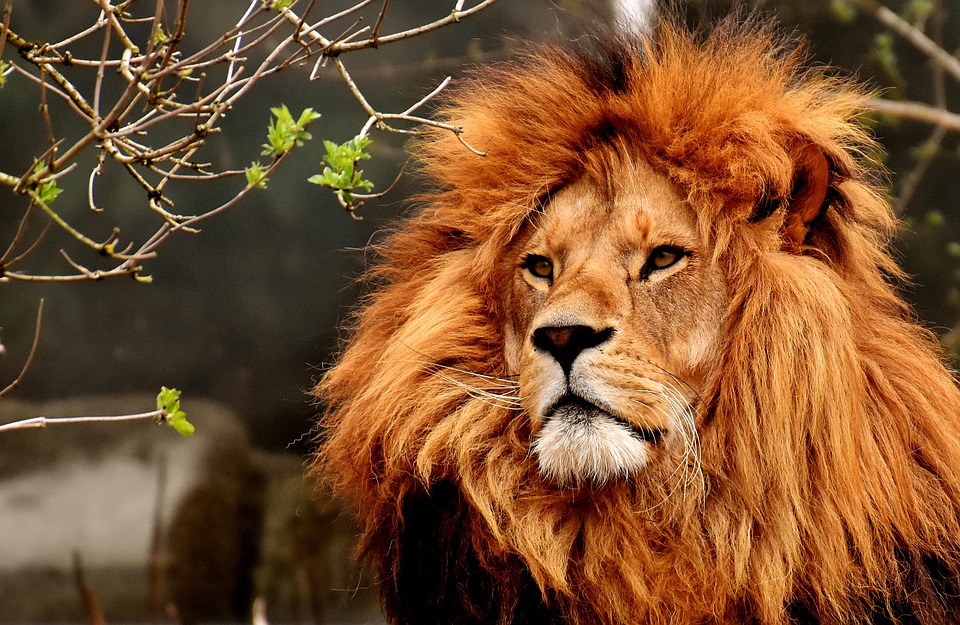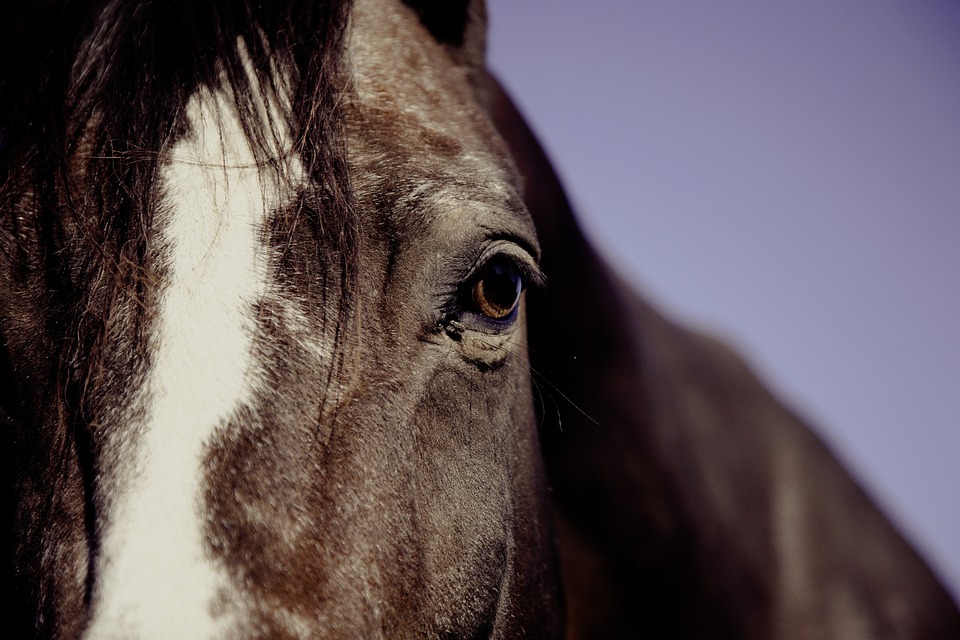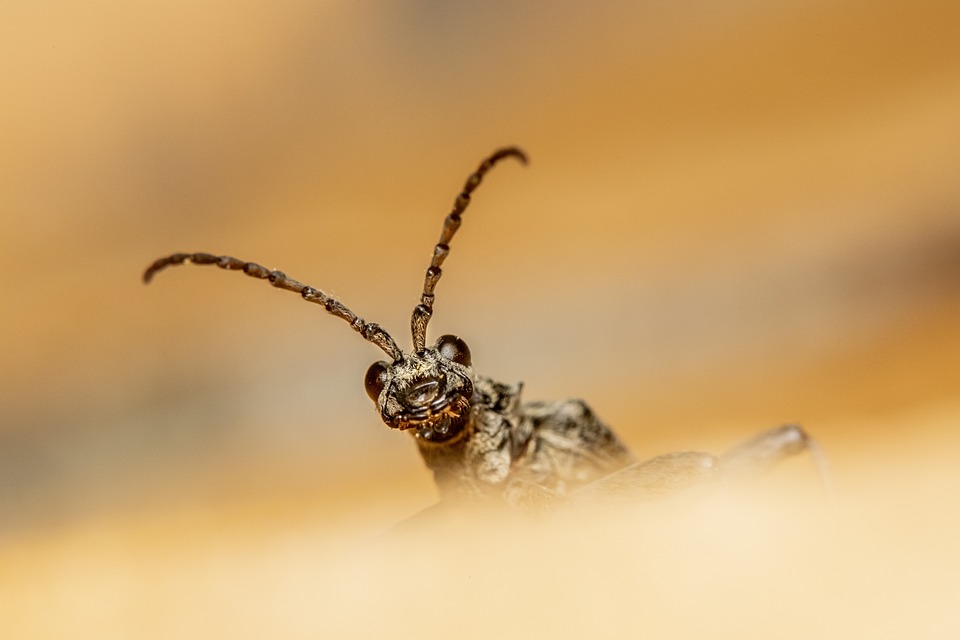The recent Virginia Tech study published in Nature Communications sheds light on the widespread exposure of SARS-CoV-2, the virus responsible for COVID-19, in wildlife communities. The research, conducted by scientists at the Fralin Biomedical Research Institute at VTC, the Department of Biological Sciences in Virginia Tech’s College of Science, and the Fralin Life Sciences Institute, found evidence of the virus in six common backyard species and antibodies indicating prior exposure in five species. This discovery raises concerns about human-to-animal transmission and the potential impact on both wildlife and human health.
Genetic tracking of the virus in wild animals revealed unique viral mutations closely matching variants circulating in humans at the time of the study. This finding supports the theory of human-to-animal transmission and highlights the need for broad surveillance to monitor the spread of the virus in wildlife populations. The study also identified one opossum with previously unreported viral mutations, emphasizing the potential for changes that could impact human immune responses and vaccine development.
The research team found the highest exposure to SARS-CoV-2 in animals near hiking trails and high-traffic public areas, suggesting that the virus may have been transmitted from humans to wildlife in these locations. While there is no evidence of the virus being transmitted from animals to humans, the study underscores the importance of understanding the dynamics of virus transmission between different species.
The study tested animals from 23 common Virginia species for active infections and antibodies indicating previous exposure to the virus. Deer mice, Virginia opossums, raccoons, groundhogs, Eastern cottontail rabbits, and Eastern red bats were among the species that tested positive for the virus. The detection of viral mutations in wildlife raises concerns about the potential for the virus to adapt and mutate in new hosts, posing challenges for public health efforts to control the spread of COVID-19.
The researchers collected samples from animals in various locations with differing levels of human activity, from urban areas to remote wilderness. The study identified two mice with the exact same viral variant at the same site on the same day, suggesting possible transmission between the animals. While the means of transmission from humans to animals are not yet fully understood, researchers believe that trash receptacles and discarded food may be contributing factors.
The study’s findings have broader implications beyond Virginia, as many of the species that tested positive for SARS-CoV-2 are common wildlife found throughout North America. The researchers emphasize the need for continued surveillance to monitor the spread of the virus in wildlife populations and understand its potential impact on human health.
In conclusion, the Virginia Tech study highlights the importance of studying the transmission of SARS-CoV-2 in wildlife communities and the potential risks associated with human-to-animal transmission. The findings underscore the need for ongoing research to monitor the spread of the virus in wildlife populations and mitigate the potential impact on both wildlife and human health.





